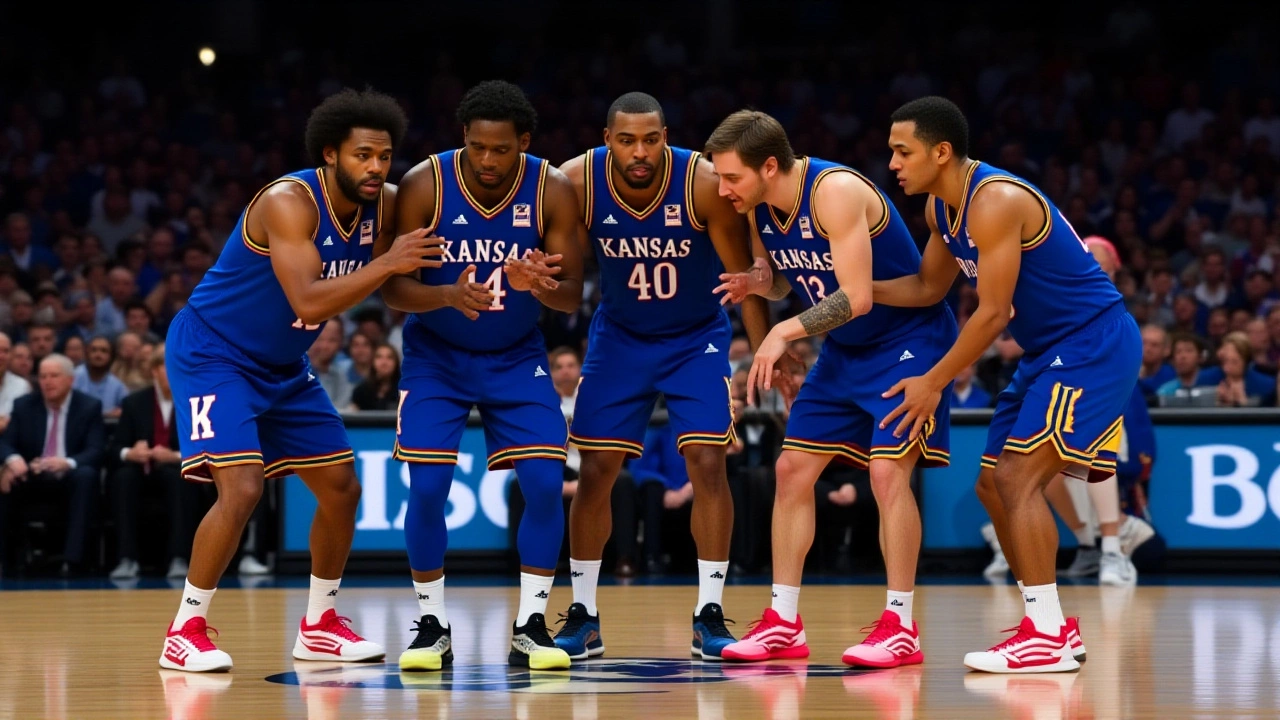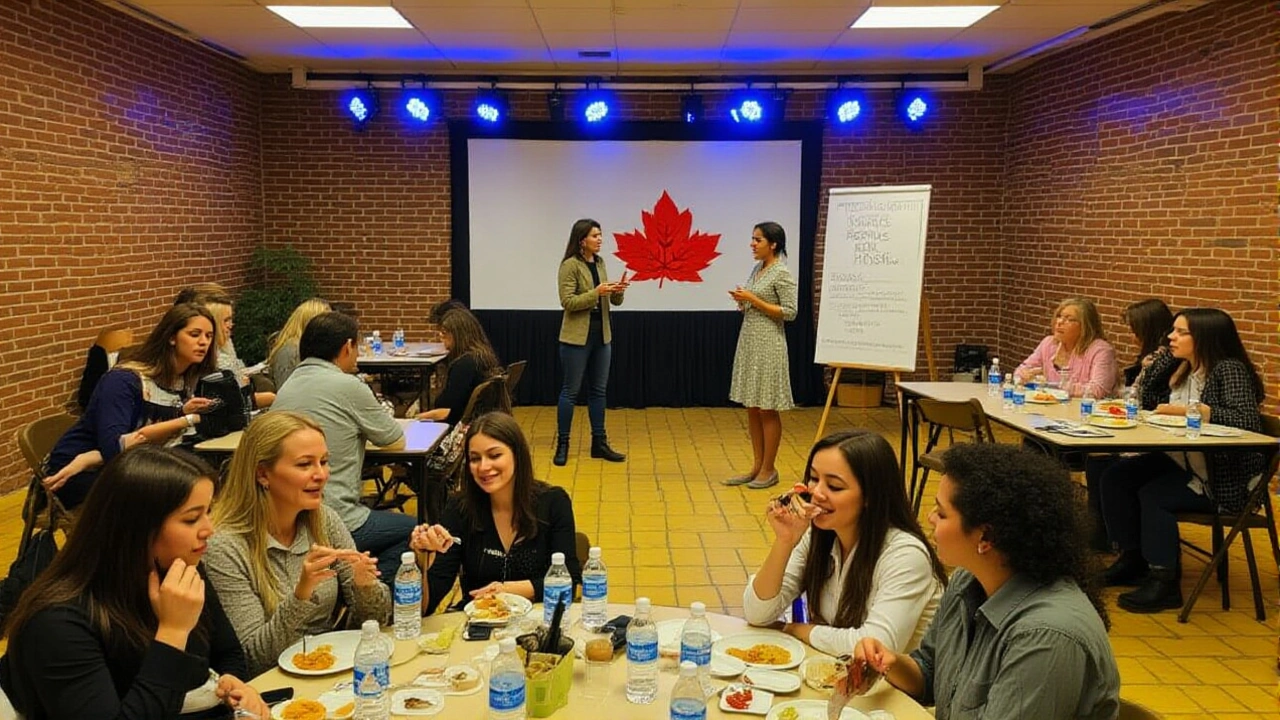Classes kicked off across the U.S. this week with college enrollment hitting historic highs—yet students are returning to campuses under a shadow of political turmoil. The City University of New York welcomed roughly 240,000 students on Tuesday, August 26, 2025, marking the start of its 2025-26 academic year across 22 colleges. Chancellor Félix V. Matos Rodríguez, in his seventh year leading the nation’s largest urban public university system, called it a "renewed sense of purpose." But behind the celebratory tone lies a stark reality: while enrollment surges, campuses are being reshaped by ideological pressure from Washington.
Record Numbers Across the Map
It’s not just CUNY. Oklahoma State University reported 36,934 students system-wide—the highest ever. The University of Tennessee anticipated over 40,000 students on its first day, a 30% jump since 2020. Arizona State University projected 42,900 new students across all campuses and online programs. Even smaller schools like High Point University and North Carolina A&T broke enrollment records. Why now? Partly because of post-pandemic demand, partly because of rising tuition inflation pushing students to seek affordable options. CUNY’s tuition remains under $7,000 a year for in-state students—a rare bargain in American higher education.
CUNY’s Big Moves: Transfer Reform and New Degrees
Amid the chaos, CUNY is making bold structural changes. Its revamped Universal Transfer Pathway (UTP) is working better than ever: 97% of biology courses now transfer seamlessly from associate to bachelor’s programs—up 10 points from last year. Accounting transfers jumped to 83% (+7 points), math to 98% (+5 points). More than 32,000 students transferred into CUNY colleges last year, a 6% increase. That’s not just paperwork—it’s life-changing mobility for working-class students.
And the innovation doesn’t stop there. Medgar Evers College launched CUNY’s first fully online Bachelor of Arts in childhood education. Baruch College unveiled its first doctoral program: an Ed.D. in higher education administration. Meanwhile, the CUNY Graduate Center rolled out advanced certificates in environmental justice and nanoscience—fields that align with climate urgency and tech demand.
Even the calendar changed. Brooklyn College and Borough of Manhattan Community College both started classes August 26, but shut down August 30–September 1. Why? To give students a chance to drop waitlisted courses without penalty. And yes—there’s a $18 daily fee to change classes after the semester begins. Small, but telling: institutions are balancing flexibility with fiscal control.

The Political Storm Brewing on Campus
Here’s the twist: while students are enrolling in record numbers, many of the programs they’re signing up for are under siege. According to Fightback News, former President Donald Trump and his Secretary of Education, Linda McMahon, have orchestrated a coordinated campaign to dismantle ethnic studies, close diversity offices, and silence protest.
Across the country, cultural centers are being "merged" into generic "student activities" offices. African American Studies, Chicano Studies, Women’s and Gender Studies—programs that should be expanding—are being frozen or axed. Language departments, especially those teaching Arabic, Mandarin, and Spanish, are seeing cuts. Staff layoffs are mounting. And in secret meetings over the summer, boards of trustees reportedly aligned with Trump’s agenda to "remold colleges."
It’s not just about curriculum. Student protests—long a cornerstone of American campus life—are now restricted. Flyering is banned. Posters are removed. Events require multiple layers of approval. One professor at a public university in Ohio told me: "We used to have teach-ins on the quad. Now we need a permit, a safety plan, and a lawyer."
And then there’s the military connection. The Department of Defense’s budget has ballooned, and universities are being pressured to continue research tied to U.S. military interventions overseas. That means labs once focused on clean energy or public health are now redirected toward drone technology or surveillance systems. "It’s not just censorship," said Dr. Elena Ruiz, a sociology professor at CUNY. "It’s the weaponization of education."
What This Means for Students
For students at CUNY and elsewhere, this isn’t abstract. It’s personal. A Latina student in Queens told me she was accepted into the new environmental justice certificate program—only to learn her professor was fired last month. A Black freshman at Brooklyn College applied for the African American Studies minor, only to find it’s been "on pause indefinitely."
Yet enrollment keeps rising. Why? Because for many, college is the only path out of poverty. And CUNY—despite the pressure—is still one of the most affordable, most diverse, most accessible systems in the country. Students aren’t just showing up for degrees. They’re showing up for community.

What’s Next?
The next 90 days will be critical. Several lawsuits are being prepared by student groups against universities that cut ethnic studies under political pressure. The American Association of University Professors plans to release a national report on academic freedom in October. Meanwhile, CUNY’s new transfer system is being studied by the Department of Education as a potential national model.
One thing’s clear: the battle over higher education isn’t just about funding. It’s about who gets to learn, what gets taught, and whose history matters. And students—record numbers of them—are showing up anyway.
Frequently Asked Questions
How is CUNY’s transfer reform helping working-class students?
CUNY’s revamped Universal Transfer Pathway now allows 97% of biology courses, 98% of math courses, and 83% of accounting courses to transfer seamlessly between associate and bachelor’s programs—up 5 to 10 percentage points from last year. This means students who start at community colleges like BMCC or LaGuardia can finish their degrees without losing credits or delaying graduation, saving thousands in tuition and time.
Why are ethnic studies programs being targeted?
According to reports from Fightback News, political pressure from former President Donald Trump and Secretary of Education Linda McMahon has led universities to label ethnic studies as "non-lucrative" or "divisive." These programs—critical for students of color to see themselves in the curriculum—are being replaced with generic "student activities" offices, and faculty are being laid off. The goal appears to be erasing narratives of systemic oppression from education.
What’s the connection between defense spending and university research?
The Department of Defense has seen massive budget increases, and universities are being pressured to prioritize research tied to military operations—drones, surveillance tech, and counterinsurgency tools—over public health or climate solutions. Many labs that once focused on renewable energy or mental health are now funded by defense contracts, raising ethical concerns among faculty and students.
Are student protests being banned nationwide?
In many institutions, yes. Flyering, postering, and spontaneous demonstrations are now restricted under new campus policies. Some schools require permits for any public gathering, while others have installed surveillance cameras near protest hotspots. At CUNY, student organizers say they’ve been warned against using campus spaces for political events without approval from the chancellor’s office—a shift from decades of tradition.
Why is enrollment rising despite these challenges?
For many, especially from low-income and immigrant families, public universities like CUNY remain the only affordable path to upward mobility. Even as programs are cut, tuition stays low—under $7,000 a year for in-state students. Students aren’t ignoring the political climate; they’re showing up anyway, knowing education is their best shot at changing it.
What’s the long-term impact if ethnic studies disappear?
Studies show students in ethnic studies courses have higher graduation rates, better mental health, and greater civic engagement. Removing these programs doesn’t just erase history—it widens equity gaps. Students of color report feeling invisible in curricula that ignore their heritage. Without these courses, colleges risk becoming echo chambers for dominant narratives, not engines of social progress.
